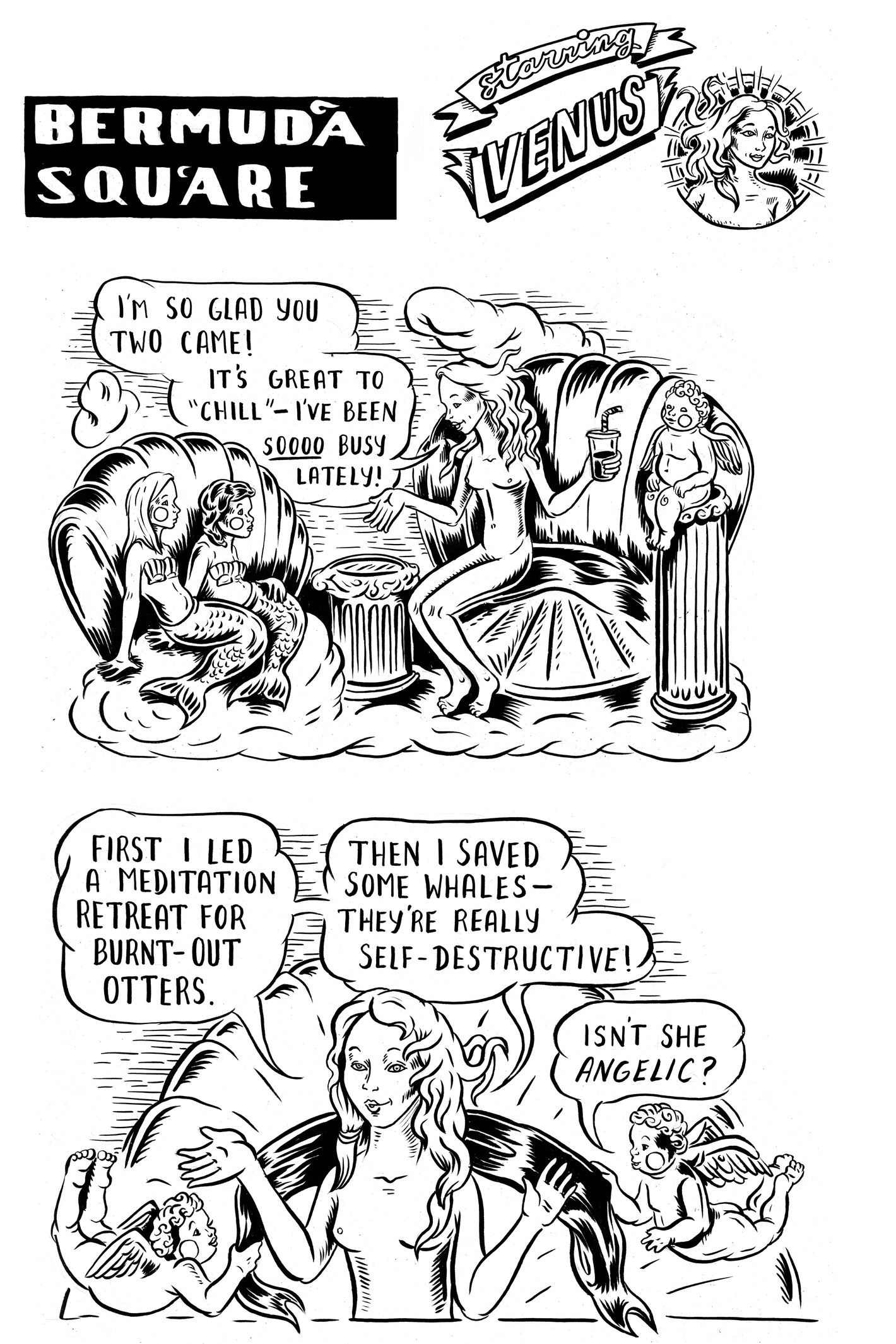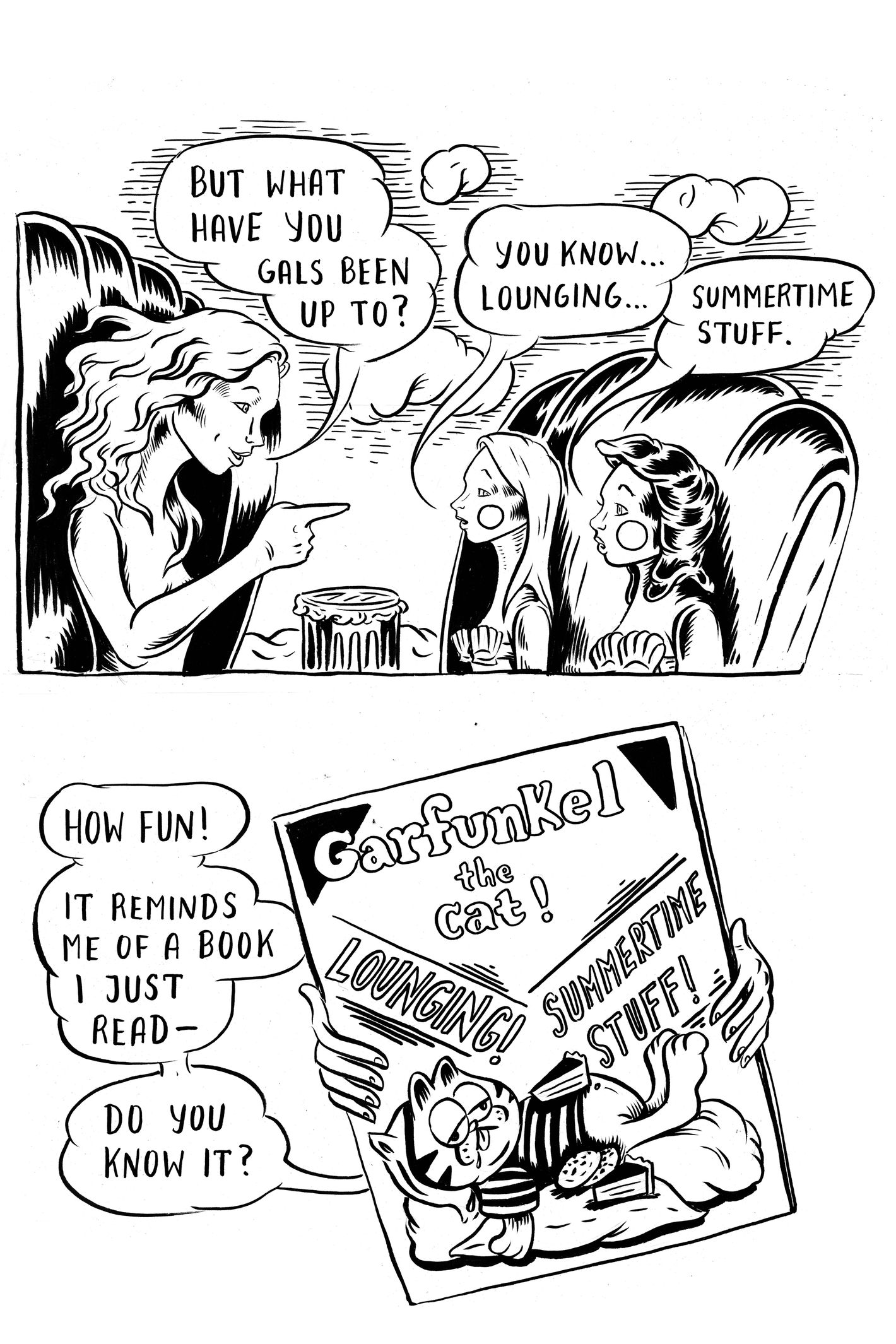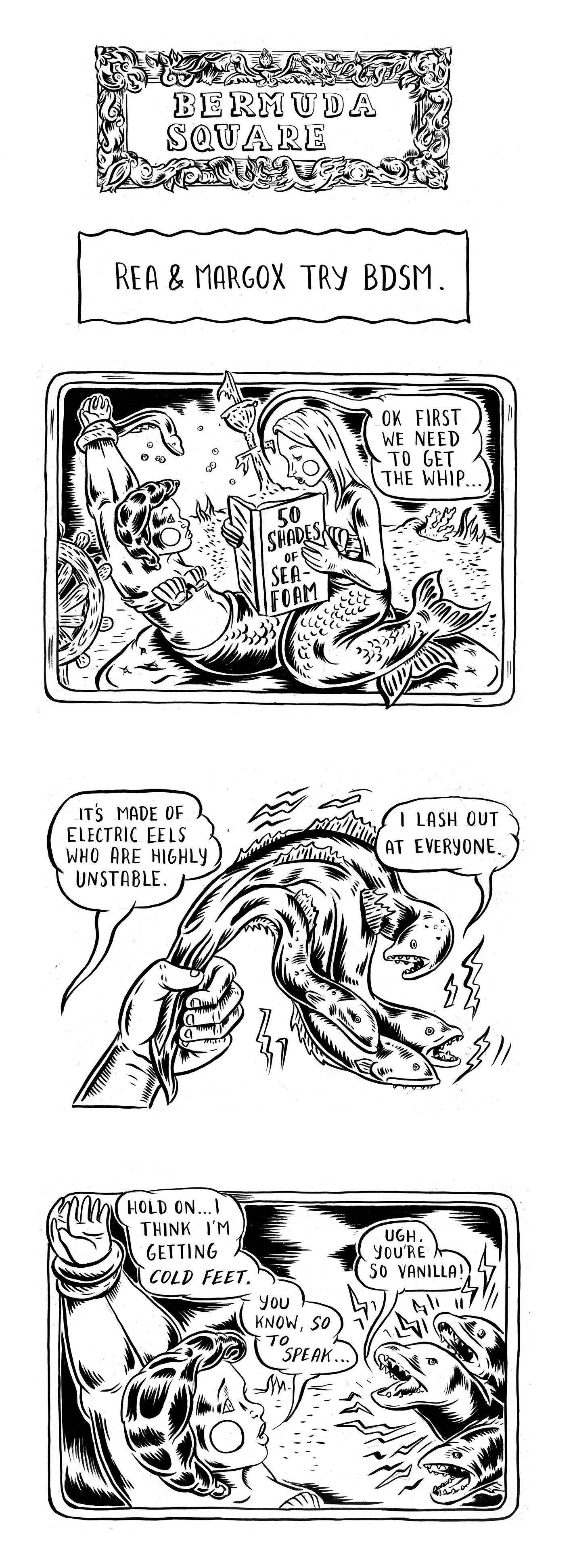

WASSENAAR,
the Netherlands — The Dutch chemical company executive and art
collector Joop van Caldenborgh was attending a dinner in London in the
1990s when the American abstract artist Ellsworth Kelly approached him.
“I
didn’t even know what the artist looked like,” Mr. van Caldenborgh
confessed recently. “A man came to me and said: ‘You must be Joop van
Caldenborgh. You have “Blue Ripe.”’ I was so astonished that he knew.”
“Blue
Ripe” (1959), one of Mr. Kelly’s early colorist paintings, is the first
work that visitors encounter when they enter the Ellsworth Kelly
retrospective at Mr. van Caldenborgh’s new private museum here, Museum
Voorlinden, situated on a 100-acre nature preserve in the meadows and on
the dunes of the Netherlands’ west coast. The exhibition, “Anthology,”
is the first large-scale survey of Kelly’s work since the artist died in December.
That
this low-profile Dutch businessman could pull together such a
significant representation of Kelly’s work — with loans from the Museum
of Modern Art and the Whitney Museum in New York, Tate London, the
Pompidou Center in Paris and the artist’s own studio — for his private
museum in a far-flung corner of the Netherlands indicates the kind of
leverage that Mr. van Caldenborgh, 75, and other major collectors, now
have in the art world.
It
is an era when collectors around the world are building museums for
their own collections: The top examples include François Pinault in
Paris, Eli and Edythe Broad in Los Angeles and Budi Tek in China. But
the collections vary widely.

In
the case of the Voorlinden, it has landed a star director: Wim Pijbes,
54, once general director of the Rijksmuseum, who left the top position
at that Dutch national museum this year. Mr. van Caldenborgh did not
even court him for the position, Mr. Pijbes said. While a member of the
organization’s board, he asked to be considered for the post. He would
not disclose his salary, but said it had nothing to do with his decision
to make the change.
“It
is a world-class collection, but it’s personal, and it has a few strong
accents,” Mr. Pijbes said. “It’s not an encyclopedic museum, of course,
but to me it’s no different from the Frick in New York, for example,
which was a personal collection of Henry Clay Frick, who collected the
best of the best, in certain areas.”
Mark
Francis, a director of the London Gagosian Gallery, who visited the
Voorlinden last weekend, said that private museums were “rarely as well
realized as this one.” “Every aspect of it is beautifully thought
through,” he said. “To be able to do it, to have both the eye and the
resources, it’s an unusual combination.”
Continue reading the main story
The
museum, which opened on Sunday and occupies nearly 65,000 square feet,
is founded on Mr. van Caldenborgh’s significant holdings: several
thousand artworks acquired since the 1960s, though he declined to be
more specific, saying he “never talks numbers” about the scope of his
collection or the value. For many years, he displayed them at home or
showcased them in the offices of his chemical company, Caldic, which has
its headquarters in Rotterdam and 20 offices worldwide.
According
to Quote magazine, which compiles an annual list of the wealthiest
people in the Netherlands, Mr. van Caldenborgh, who is now retired, is
worth about 400 million euros, or $450 million.
He
began working on the plan to build a museum about seven years ago, and
took meticulous care to ensure that it was lit with natural light,
filtered through a vellum scrim, and that all of the museum’s technology
— air conditioning vents, fire alarms, even exit signs — would be
hidden to avoid distracting viewers from the art.

In
addition to the Kelly retrospective, the Voorlinden is also presenting
about 40 other works from Mr. van Caldenborgh’s own collection in “Full
Moon,” an exhibition curated by the museum’s artistic director, Suzanne
Swarts. Works are assembled with no particular chronology or hierarchy
into interesting juxtapositions, often using color as a link.
In
one room, the lushly Fauvist landscape “Maannacht IV” (1912), by the
Dutch artist Jan Sluijters, is displayed next to a vibrant sculpture of
epoxy resin on wood, “The Performance,” by Esther Tielemans, with
similar blue, red and mustard hues. In another room, a small
installation by the Belgian poet and artist Marcel Broodthaers, “The
Curse of Magritte,” hangs on the wall opposite “The Curse,” the original
1960 René Magritte painting that inspired it, of clouds in a blue sky.
The
halls toward the back of the museum offer the most jaw-dropping works
in the Voorlinden: monumental sculptures permanently positioned in
spaces designed just for them. These include a labyrinthine Richard
Serra steel sculpture; a room designed by James Turrell with a skylight
that remains open in every kind of weather so visitors can watch the
changing of the light; and a giddy “Swimming Pool” by Leandro Erlich of
Argentina, which creates the illusion that visitors are walking under
water.
Aside
from what is on display currently at the Voorlinden, Mr. van
Caldenborgh also owns a rare trove of books made by artists like Matisse
and Picasso; an enormous collection of self-portraits by Man Ray, Henry
Moore, Rineke Dijkstra, Bill Viola and others; and enough monumental
outdoor sculptures by artists like Sol LeWitt, Jeff Koons and Jean Arp
to fill a sculpture park called Clingenbosch, on his 50-acre estate a
few minutes’ drive from the Voorlinden.
“I’ve
been a businessman for a long time. In that period that I was working, I
traveled a lot of the world and nearly always combined it with visiting
a gallery, a museum or an artist, or all three,” he said. Since he
retired 10 years ago, he added, “art has been 100 percent my life.”
Asked
why he decided to build his own museum rather than to bequeath his
collection to a public museum, or build a new wing onto an existing
institution, Mr. van Caldenborgh said, “Nobody offered me that, number
one, and number two, I would’ve been afraid that everything would go
into the vaults and never appear again.”
Mr.
Pijbes officially started his job in July, and so far he has taken a
back seat to Mr. van Caldenborgh. “It’s his baby, he made it, he was
very much in control of every detail during construction and installing
and having Ellsworth Kelly as the first exhibition,” Mr. Pijbes said.
“His dream is fulfilled, but running the museum is something completely
different, and that’s something that starts on the day the doors open.
And that’s the point where I take over, and he’s very much looking
forward to that moment, I can assure you.”
Correction: September 14, 2016
An earlier version of this article misidentified the site of Museum Voorlinden. It is on the Netherlands’ west coast, not the north coast.
An earlier version of this article misidentified the site of Museum Voorlinden. It is on the Netherlands’ west coast, not the north coast.

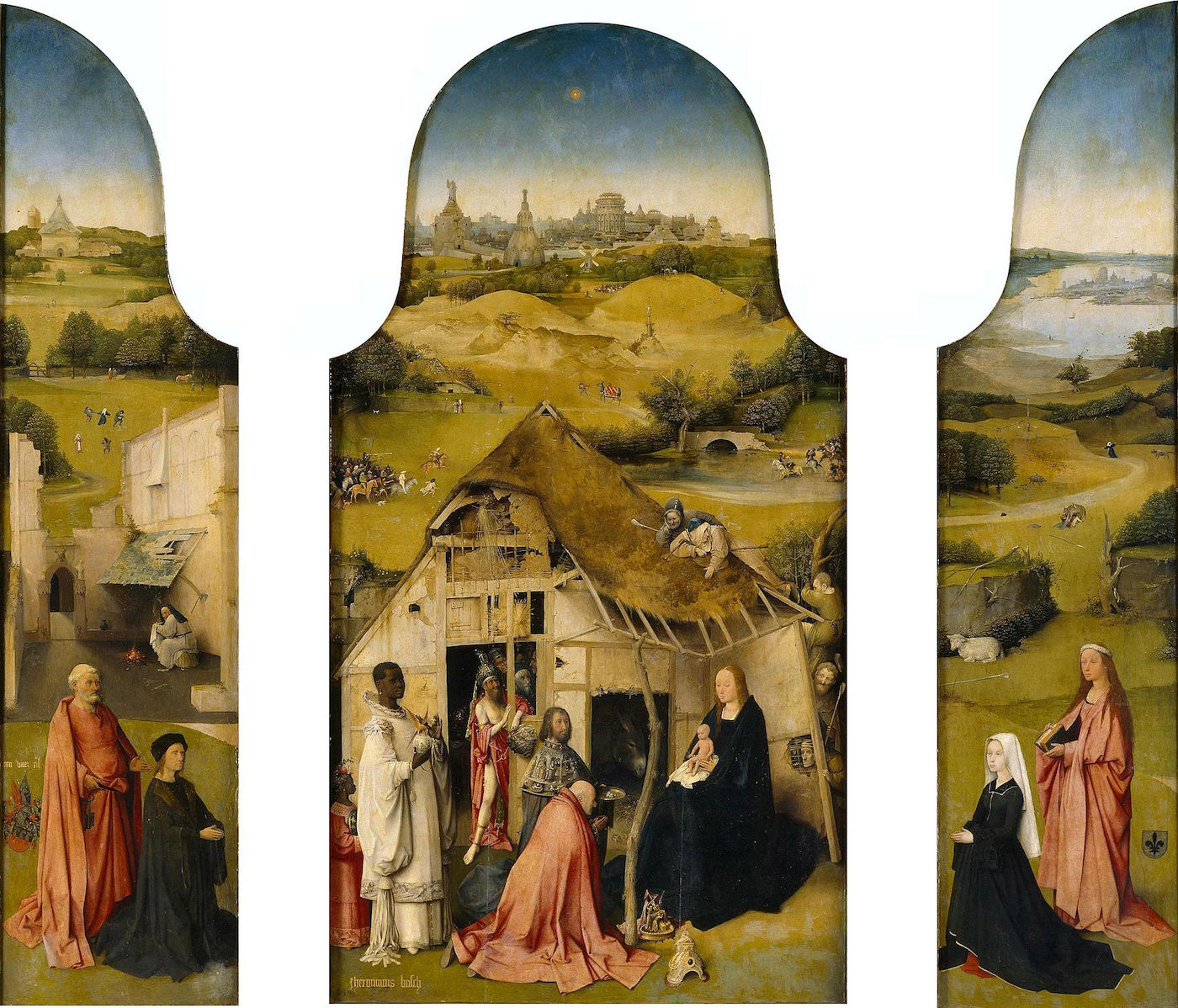
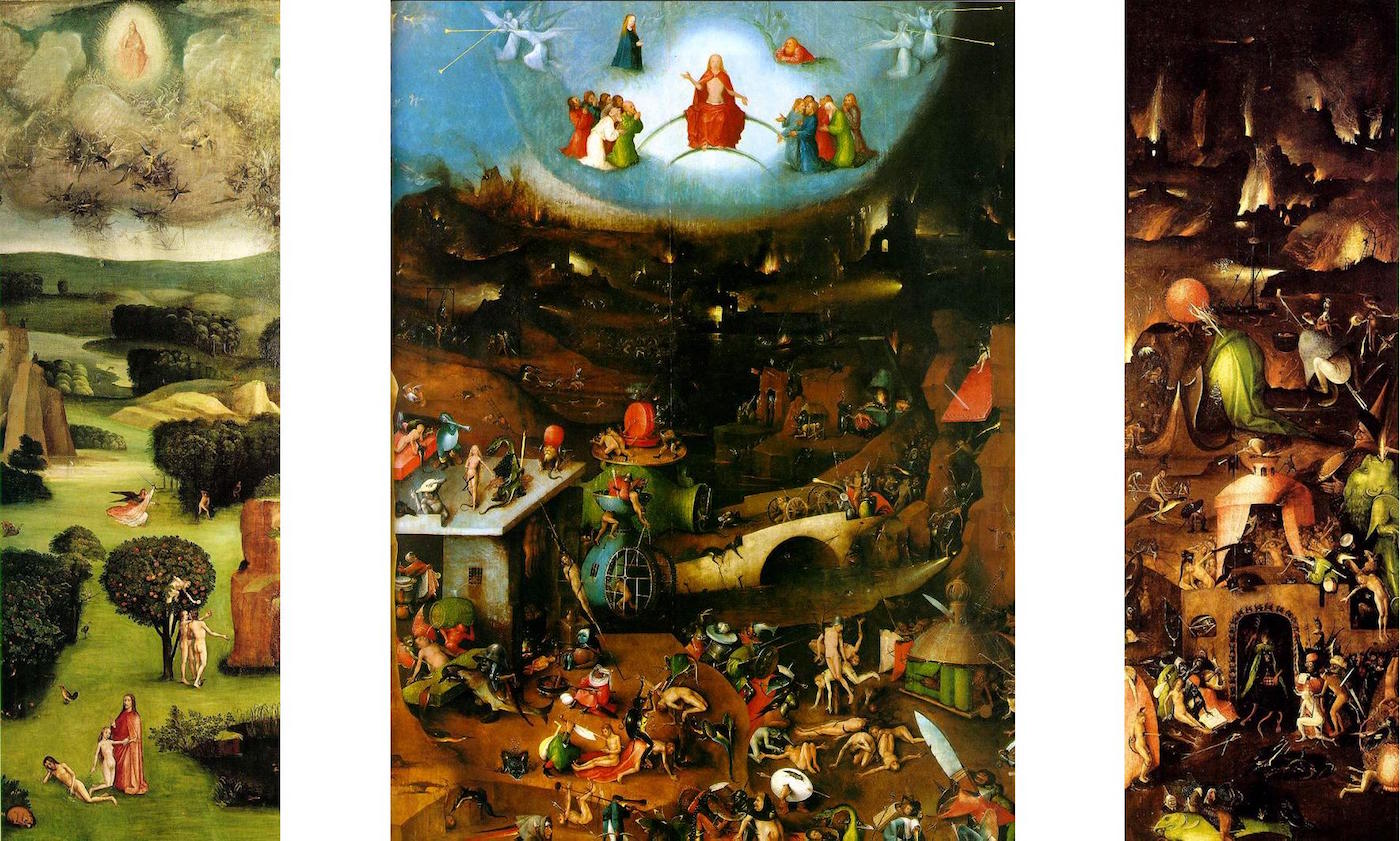


![The Garden of Earthly Delights [detail] Date between 1480 and 1505 Medium oil on panel (via Wikimedia commons) (click to enlarge)](http://hyperallergic.com/wp-content/uploads/2016/09/Hieronymus_Bosch_-_Triptych_of_Garden_of_Earthly_Delights_detail_-_WGA2525.jpg)
